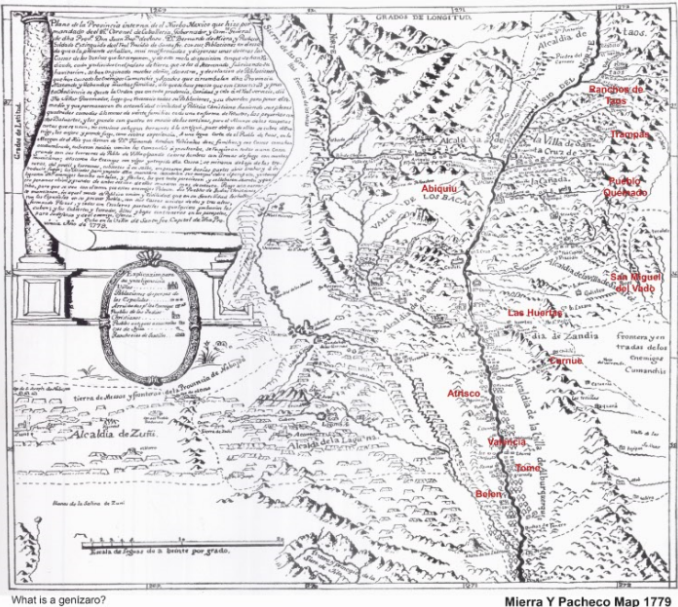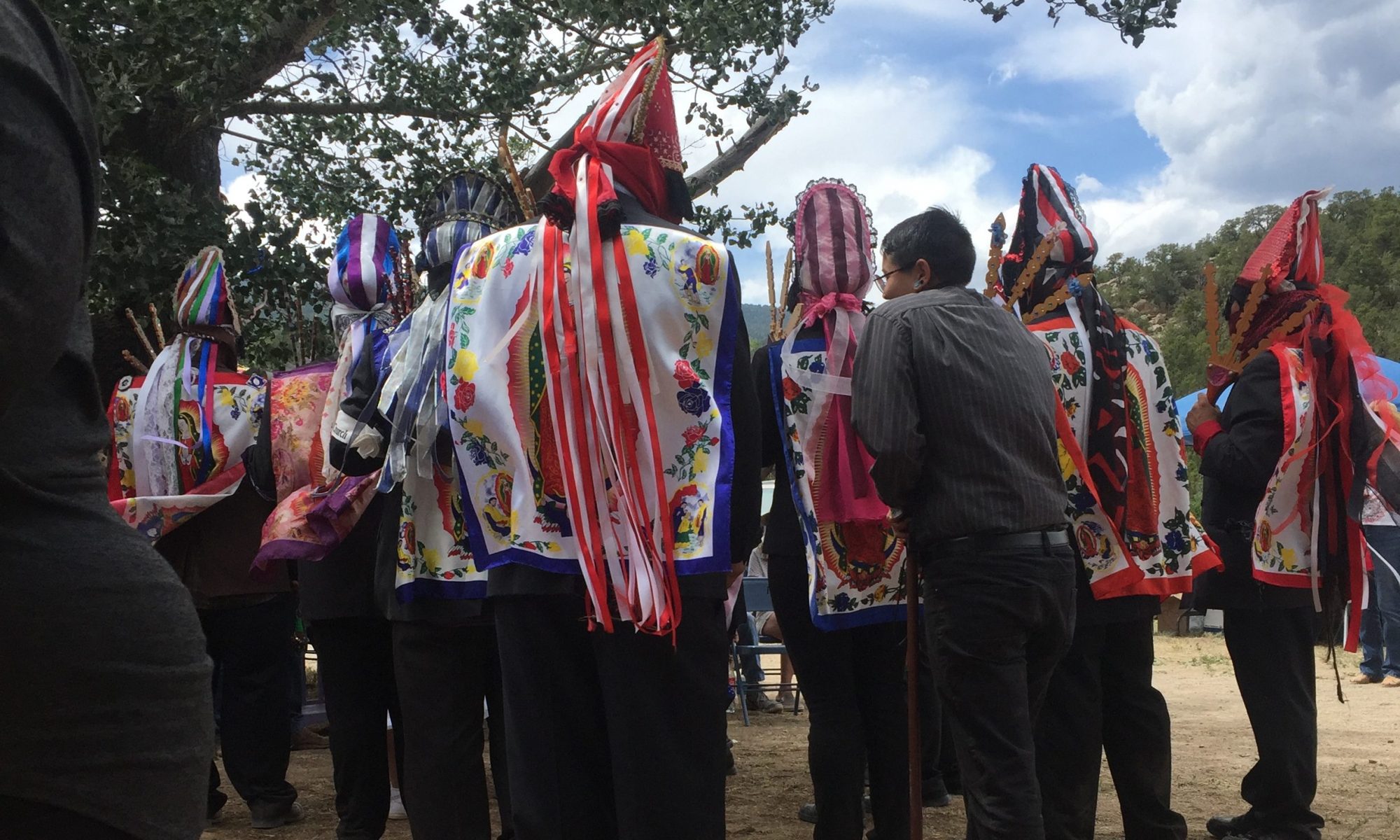Who is a Genízaro?
The term Genízaro was the designation given to North American Indians of mixed tribal derivation living among the Hispanic population in Spanish fashion: that is, having Spanish surnames from their masters, Christian names through baptism, speaking a simple form of Spanish, and living together or sprinkled among the Hispanic towns and ranchos (Chavez, 1979).
Genizaro Identity – Servants and Captive Slaves
According to Chavez, a 20th century scholar of New Mexico, the genízaro population emerged in the 18th century as servants and captives, primarily from Plains indigenous nations such as the Comanche, Apache, Ute, Kiowa, and Pawnee. The continuance of genízaro cultural practices in communities spread across Southern Colorado and New Mexico and still exists today. The permanence of genízaro identity and cultural practice blurs the lines of distinction between Native and Hispanic frameworks of race, cultural affiliation, and identity.
According to Chavez, a 20th century scholar of New Mexico, the genízaro population emerged in the 18th century as servants and captives, primarily from Plains indigenous nations such as the Comanche, Apache, Ute, Kiowa, and Pawnee. The continuance of genízaro cultural practices in communities spread across Southern Colorado and New Mexico and still exists today. The permanence of genízaro identity and cultural practice blurs the lines of distinction between Native and Hispanic frameworks of race, cultural affiliation, and identity.
Location of Existing Genízaro Communities: Abiquiu, Carnue, Las Huertas, Pueblo Quemado, Rancho de Taos, Trampas, San Miguel del Vado. Atrisco, Valencia, Tome & Belen are shown below on this original map of New Mexico.

